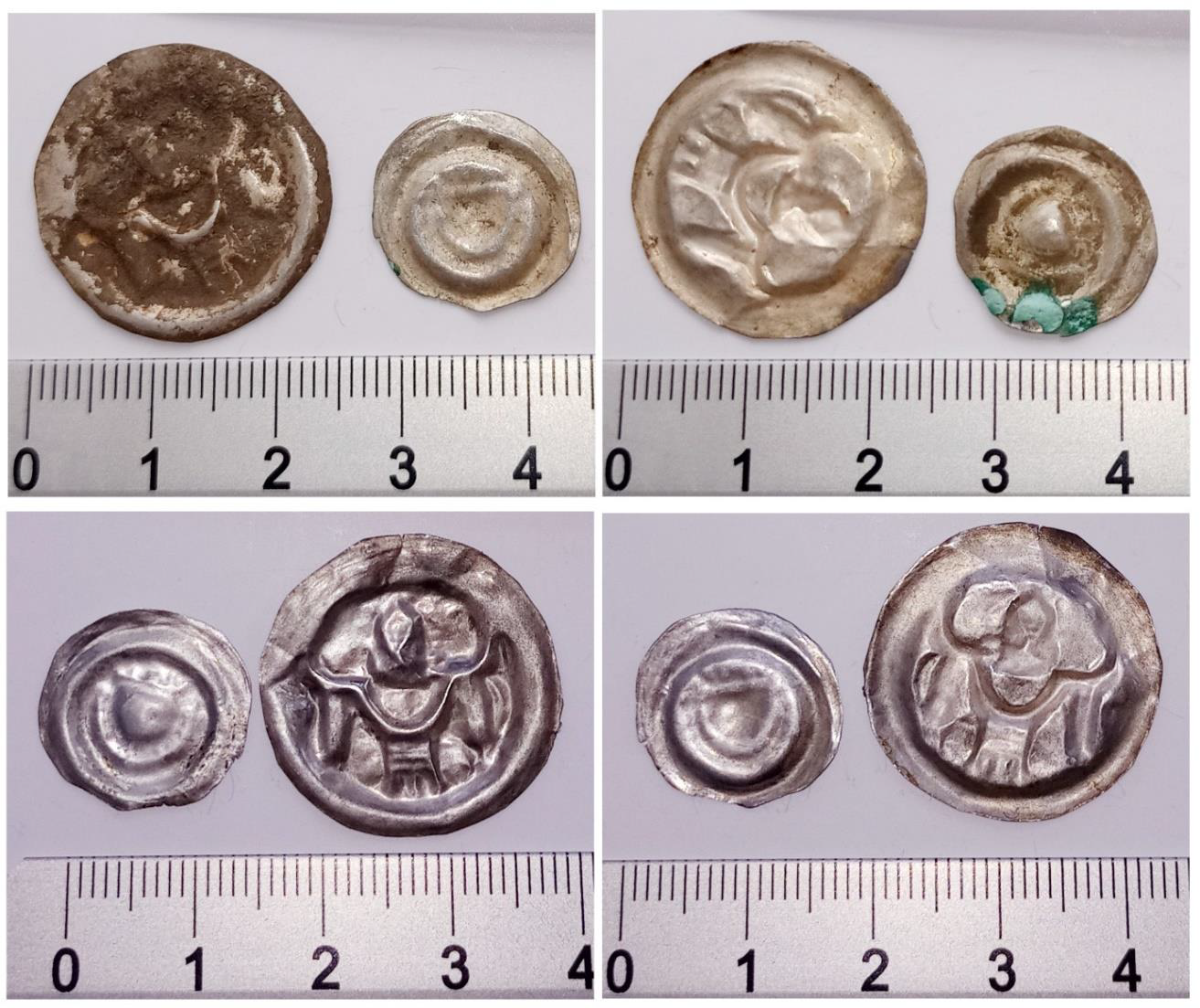
Treasure discovered by Kajtuś entrusted to our archaeologists
Prepared by prof. dr hab. B. Paszkiewicz
The treasure of silver coins, discovered in April 2022 near Łagiewniki (Dzierżoniów poviat) by – as reported by the media – a dog named Kajtuś, was entrusted to the Institute of Archaeology at the University of Wrocław for processing by the Lower Silesian Provincial Conservator of Monuments. It contains a total of 2,866 one-sided beaten coins called bracteates, together with fragments of pottery and an incomplete lead cross.
A large part of the coins were fully legible after the discovery and allowed us to conclude that we are dealing with a large number of hitherto completely unknown coin types from the 1st half of the 13th century, mainly of local origin. A small number (about 30) of foreign coins, mainly from eastern and southern Germany, were also part of the hoard.
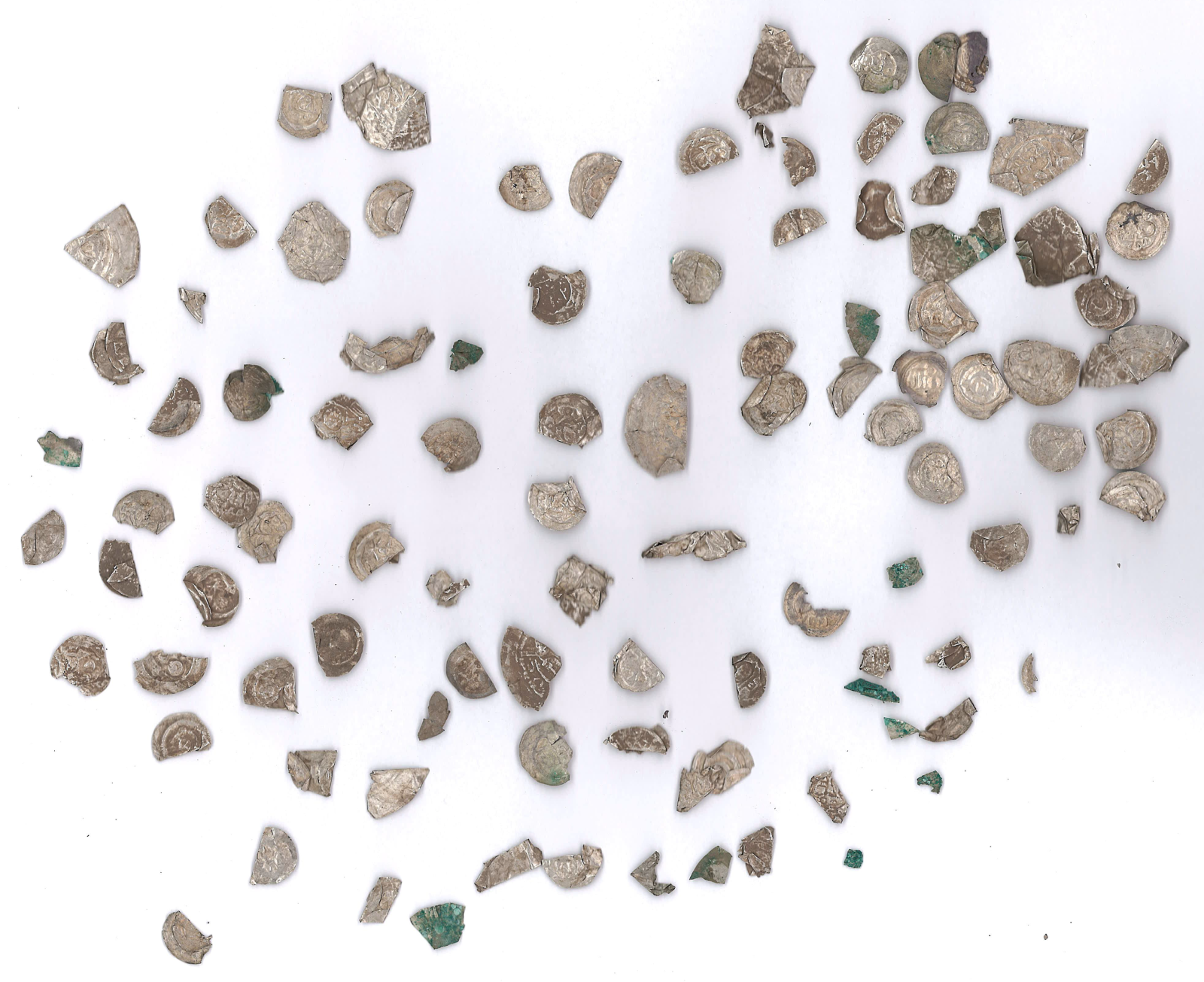
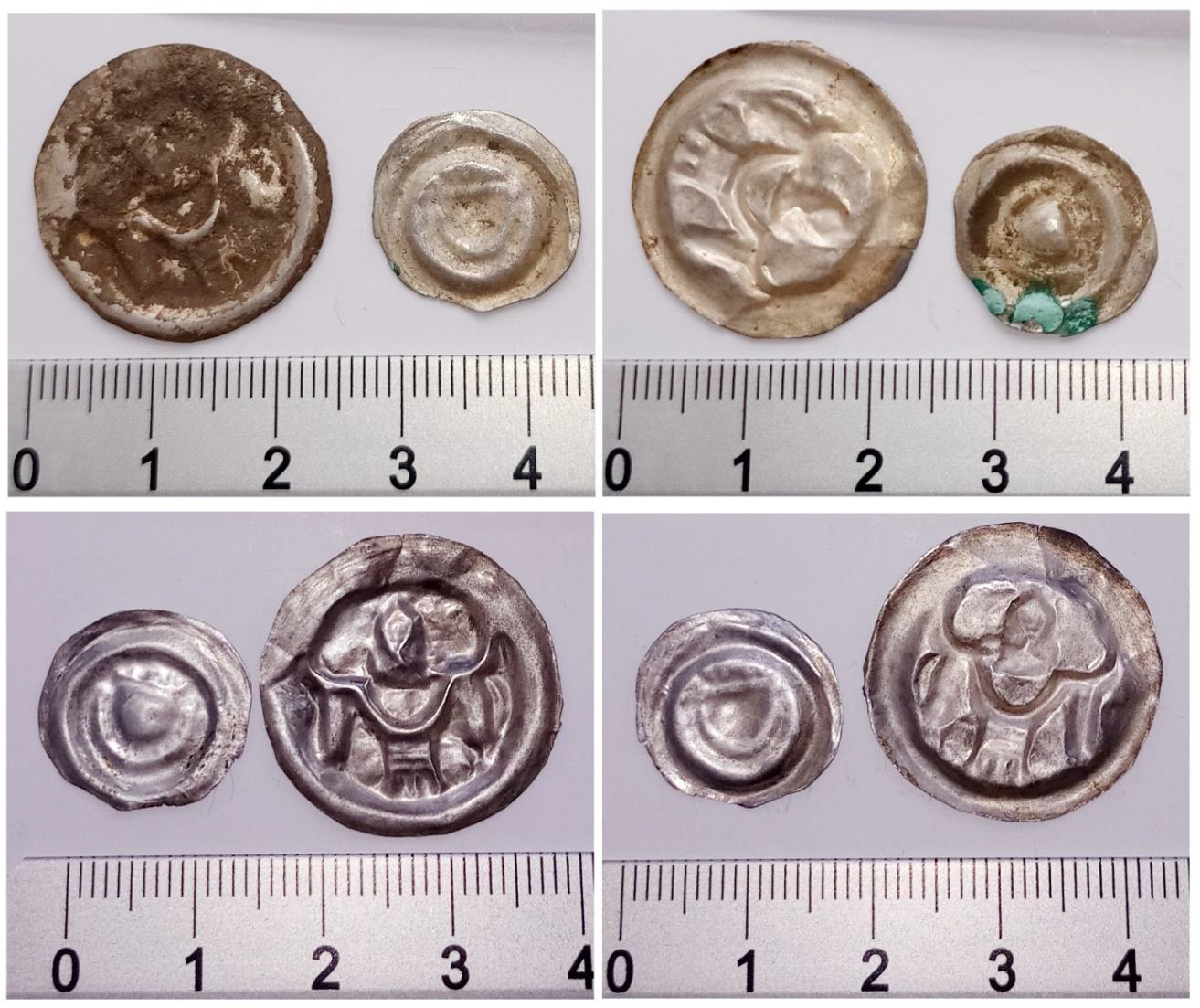

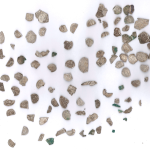
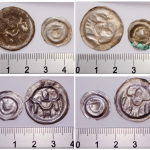
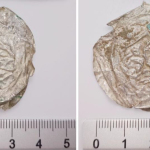
Although the state of preservation of most of the artefacts was good or even very good, the preparation of the treasure required full cleaning (and often the physical straightening of the folds making it impossible to read the content on the coins) and preservation of 269 coins. This work was co-financed by the National Bank of Poland as part of the educational project entitled. “The work was carried out in the Laboratory for Archaeological Conservation and Archaeometry of the Institute of Archaeology by prof. Beata Miazga, head of the laboratory, and mgr Magdalena Konczewska.
After test treatments, prof. Miazga opted for mechanical cleaning and a brief application of a 5 per cent solution of disodium edetate. To prevent further destruction, a protective coating of a low-percentage solution of the conservation resin Paraloid B72 was applied to the coins. To reduce the excessive glossiness that interferes with viewing the coins (and photographing them), some coins were additionally coated with a thin layer of acid-free Cosmoloid conservation wax (dissolved in white spirit).
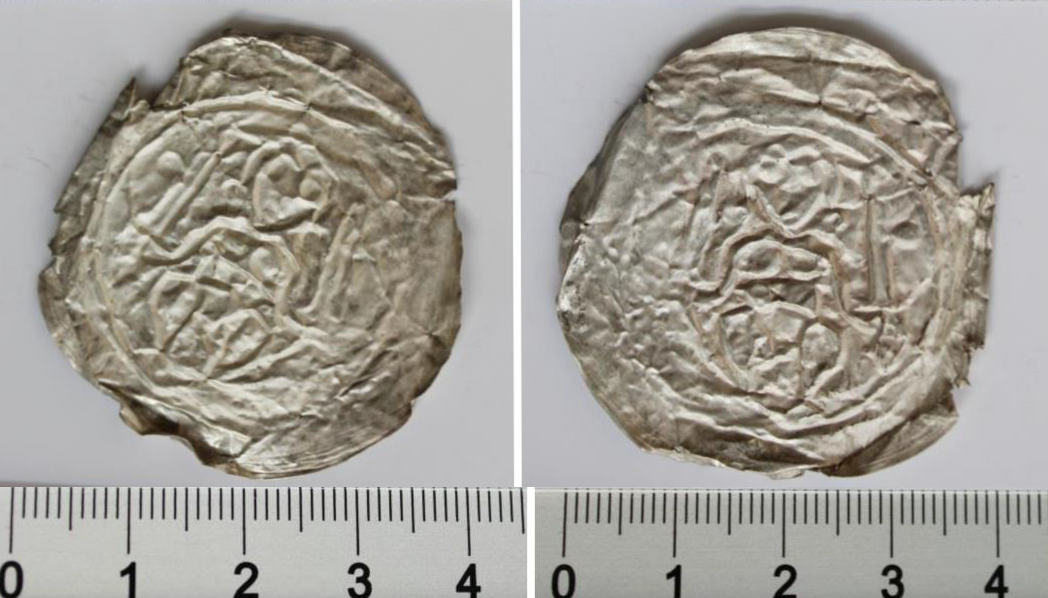
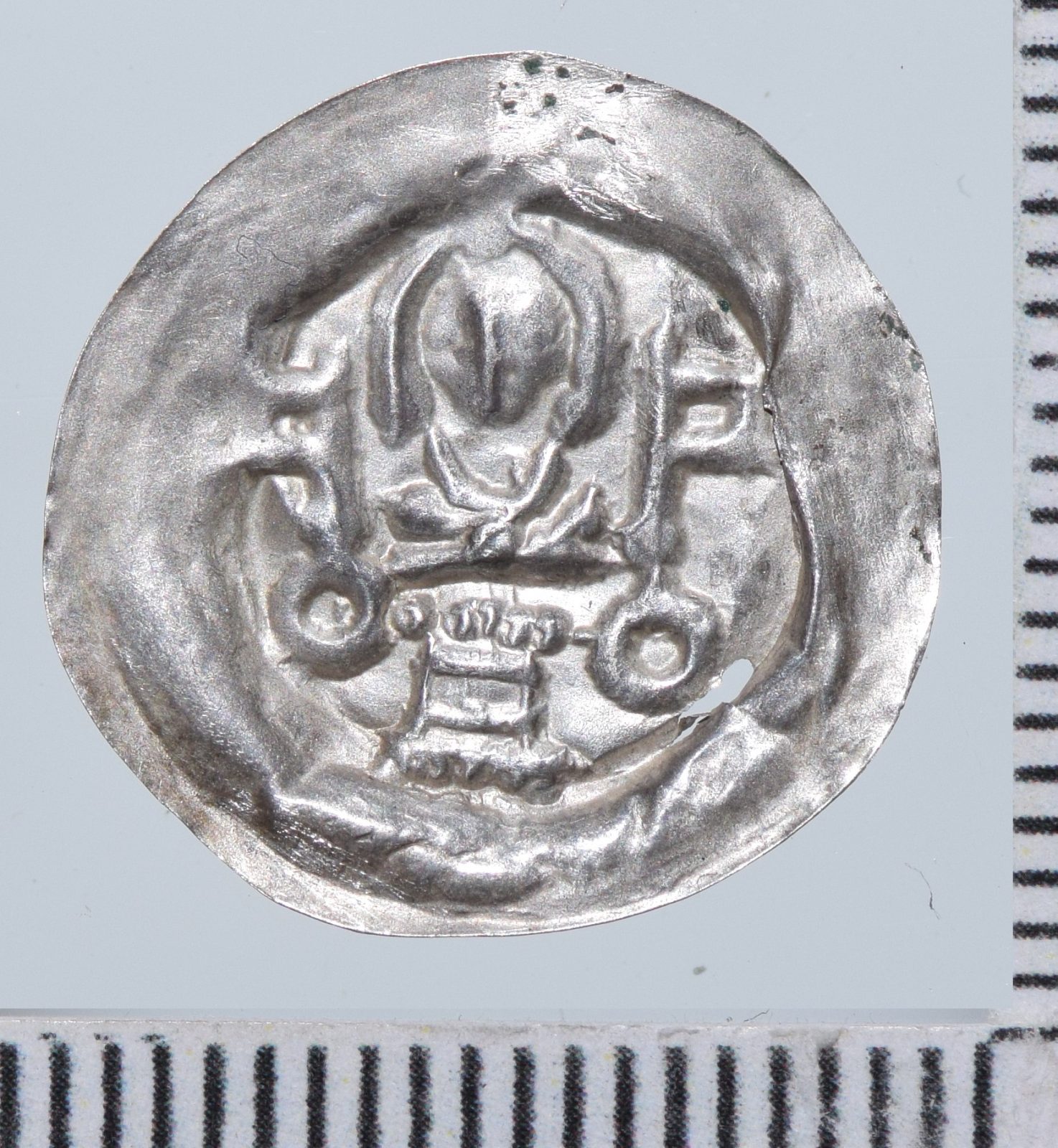
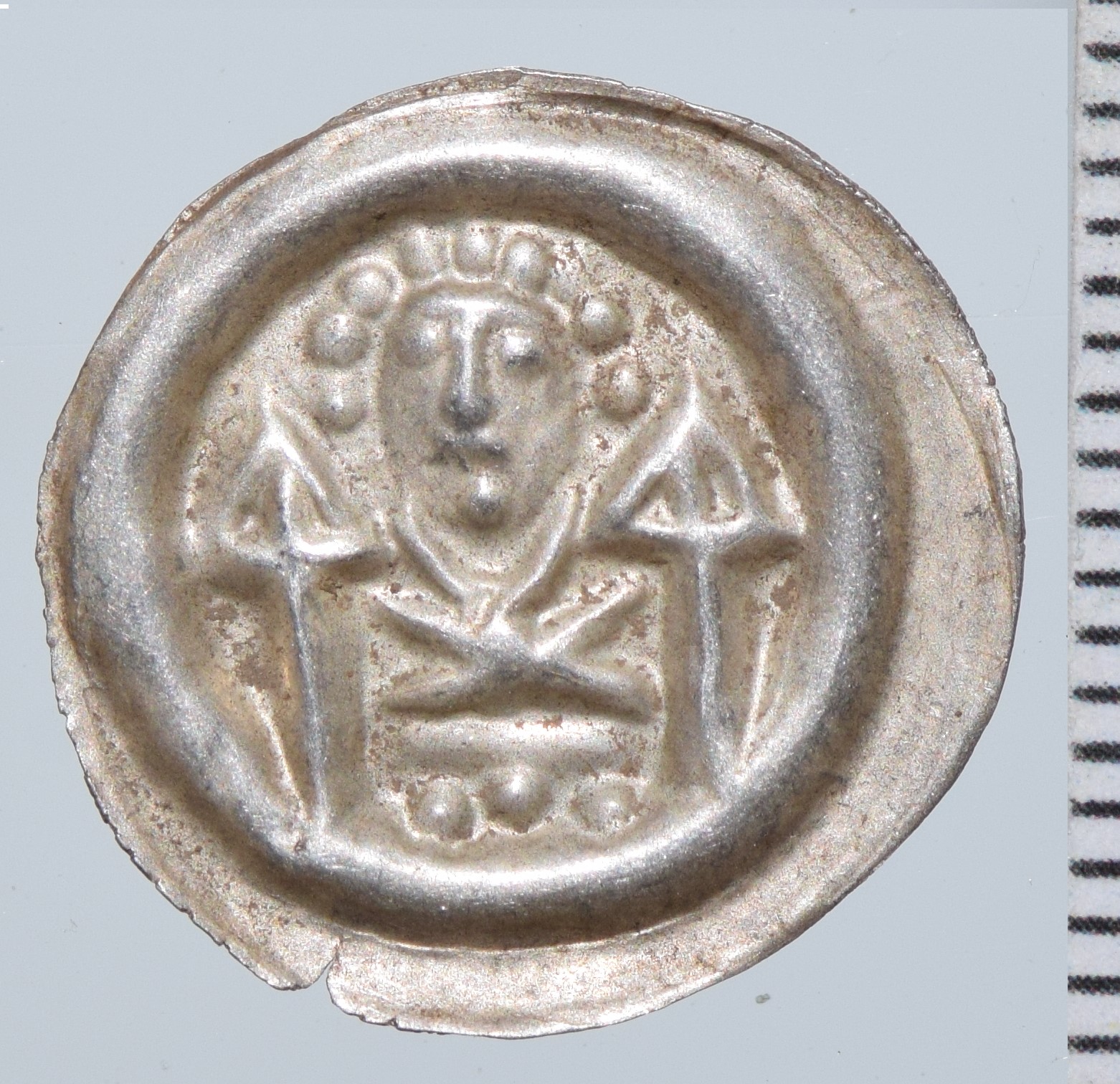
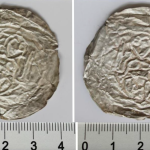
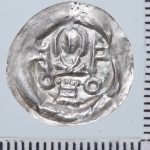
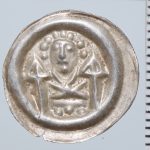
All coins from the treasure were furthermore washed in ethanol (96%) and carefully cleaned with a brush. Earthen impurities were removed in this way. The coins are now suitable for exhibition and research. A selection of coins from the treasure will be presented at an exhibition at the Ossolineum on 9-10 September 2023. The exhibition was prepared by mgr Paweł Milejski, then a doctoral student at the Institute of Archaeology (now a doctoral student), who also handled the administration of the project.
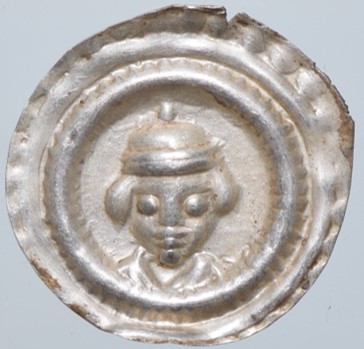
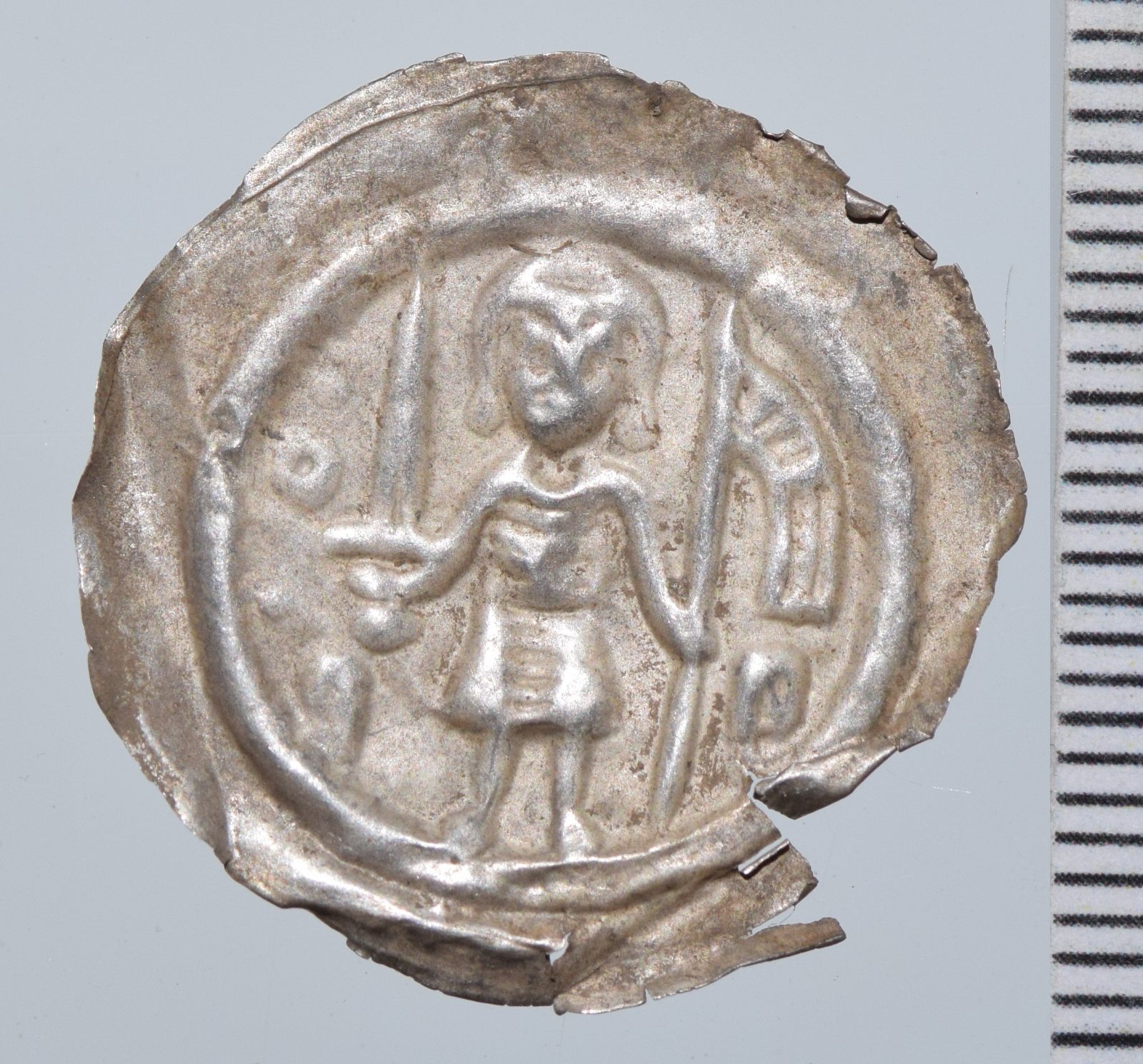
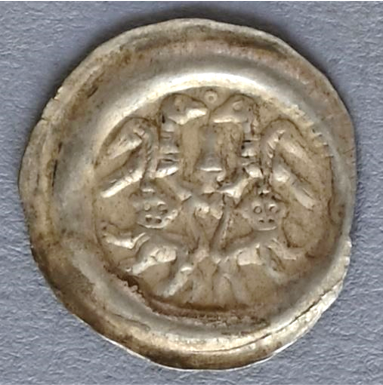
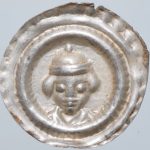
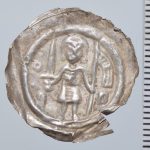
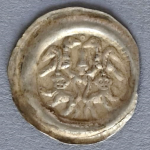
The treasure from Łagiewniki is the first discovery of this magnitude in Silesia in a century. The treasure was probably hidden about a decade after the Mongol invasion of Poland and the Battle of Legnica (1241). This was a time of rapid economic change in Silesia, associated with colonisation under German law and the spread of the use of money. Politically, the changes were linked to the division of Silesia – like other parts of Poland – into smaller and smaller principalities with their own coinage. These very coins were hidden under Łagiewniki and we hope to read from them hitherto unknown information about their issuers. Foreign coins are also rare and poorly recognised. We expect to clarify with them some of the meanders of Central European history in the 13th century. The results of the treasure research will be published in a book.
Translated by Bartłomiej Dłubak (student of English Studies at the University of Wrocław) as part of the translation practice.



